October 13, 2025
As electricity costs continue to climb and environmental regulations become increasingly stringent, businesses are exploring sustainable energy alternatives more than ever. Hiring a commercial solar power company offers a compelling solution, blending cost-effectiveness with environmental responsibility. Let's delve into the myriad benefits of solar power for businesses. The Financial Benefits of Commercial Solar Power Lower Energy Bills When businesses install solar panels, they generate a portion of their electricity, effectively reducing their dependency on traditional utility sources. This self-sufficiency translates into lower monthly energy bills and cost stability. Businesses experience more predictable energy costs, as solar power shields them from electricity price volatility. In an era where energy prices can fluctuate drastically, solar power provides a buffer by offering a consistent and renewable source of electricity. Increased Property Value Professional installation by a local commercial solar power company will enhance your property's attractiveness to potential buyers and tenants by promising lower energy costs and sustainability. Energy-efficient properties are in demand, particularly as environmental consciousness becomes a critical factor in business decisions. Studies have shown that buildings equipped with solar power systems have seen an increase in property value compared to those without such systems. This added value not only enhances asset worth but also gives businesses a competitive edge in the real estate market. Return on Investment (ROI) Depending on location, system size, and available incentives, businesses can see a return on their solar investment typically within a few years. For example, in sunny regions where solar efficiency is at its peak, ROI periods can be markedly shorter. Furthermore, utility cost savings can be reinvested into business or directed towards further sustainability initiatives. In fact, according to the Solar Energy Industries Association, solar accounted for 69% of all new electricity-generating capacity added to the U.S. grid in the first quarter of 2025, signaling a robust future for ROI in solar investments. Sustainability and Corporate Responsibility Decreasing Carbon Footprint By converting sunlight into electricity, solar panels facilitate clean energy production, substantially lowering carbon emissions. Businesses that transition to solar power significantly diminish their reliance on fossil fuels, which are the primary sources of carbon emissions. Given the global push towards carbon neutrality, adopting solar power supports broader environmental goals. Deploying solar technology is not just a financial investment but a commitment to environmental stewardship that resonates with today's eco-conscious consumers. Fortunately, a reliable commercial solar power company in your area can install panels for your property and start decreasing your carbon footprint right away! Enhancing Brand Image In the current market landscape, sustainability is a key differentiator. Companies that embrace green energy like solar are perceived as responsible and forward-thinking, appealing to environmentally aware consumers and partners. This green shift not only enhances brand image but can also augment customer loyalty and attract top-tier talent who prefer to affiliate with companies prioritizing sustainability. Thus, commercial solar power is not just an operational decision but a strategic move to enhance brand perception. Meeting Corporate Sustainability Goals Many corporations have ambitious sustainability targets, often aiming for substantial reductions in carbon emissions. Hiring a skilled commercial solar power company can play a critical role in these strategies, providing a renewable source of energy that aligns with these goals. It's an effective way to demonstrate progress towards sustainability commitments in annual reports and stakeholder communications. As consumers and investors increasingly weigh sustainability heavily in their decision-making processes, solar energy becomes integral to holistic corporate responsibility efforts. Technological Advances in Solar Power Improved Panel Efficiency Solar panels have evolved significantly, with current models offering higher conversion efficiencies than ever before. Breakthroughs in materials and design, such as bifacial panels that capture light on both sides, help maximize electricity generation even in less than optimal conditions. With these innovations, businesses can produce more power from smaller surface areas, enhancing site feasibility and output. Investing in cutting-edge solar technology ensures long-term efficiency and energy production maximization. Flexible Installation Options Businesses no longer face a one-size-fits-all approach to solar installations. With customizable solutions like building-integrated photovoltaics (BIPV), companies can blend aesthetics with functionality. Technologies like solar facades offer additional surfaces for energy generation, expanding potential solar capacity even in urban settings with limited rooftops. This flexibility in installation solutions allows businesses to adapt solar power solutions to their specific architectural and operational needs. Implementation Strategies for Businesses Selecting the Right Solar Partner Selecting the right local commercial solar power company is crucial to the project's success. Key considerations include the vendor's experience with commercial installations, industry reputation, and the quality of their products and services. A reliable partner will guide businesses through the entire process, from initial consultation to ongoing maintenance, ensuring a seamless and efficient transition to solar power. This strategic partnership can greatly influence the long-term performance and return on a solar investment. Post-Installation Support Post-installation support from a professional commercial solar power company plays a vital role in maintaining system performance and protecting the solar investment. Services include regular maintenance checks, performance reporting, and warranty management. Enlisting a skilled support team helps address any technical issues swiftly, minimizing downtime and maintaining optimal performance levels. Long-term post-installation support ensures that businesses continue to benefit from solar power while safeguarding their investment. Future Trends in Commercial Solar Power Innovations in Solar Technology The solar sector is at the cusp of major technological revolutions with new materials and designs set to enhance efficiency. Emerging innovations such as tandem solar cells and perovskite materials promise significant performance gains. Companies adopting next-generation solar technologies stand to benefit from increased energy output and reduced costs. By investing in R&D, the solar industry continues to unlock new frontiers, paving the way for more ubiquitous and efficient solar installations across diverse commercial landscapes. Integration With Green Building Practices Green building practices emphasize sustainability and resource efficiency, with panel installation by a professional commercial solar power company playing a crucial role. Solar installations complement other eco-friendly building components like insulation and water efficiency measures. With increasing emphasis on sustainable construction, the integration of solar technologies is expected to grow. As part of a holistic environmental strategy, solar energy provides competitive advantage and aligns with green building certification systems such as LEED. Policy and Regulatory Changes Government policies play a pivotal role in the progression and adoption of solar technologies. As environmental concerns gain prominence, policies are anticipated to increasingly favor renewable energy development. These changes could likely result in more favorable conditions, such as tax benefits and subsidies, propelling solar adoption. Businesses must remain proactive in monitoring policy developments to capitalize on emerging opportunities and ensure compliance in a changing regulatory environment. Hiring a commercial solar power company is indispensable in reducing business overheads while enhancing environmental sustainability. By investing in solar technology, companies not only slash operational costs but also position themselves as leaders in corporate responsibility. For businesses located in Central Wisconsin, our team at Northwind Solar located in Amherst, WI can assist with ease. We are a premier solar installer in the community and provide high-performance solar power and battery storage systems for both homes and businesses. We offer over 100 years of collective experience in renewable energy, a 10-Year labor warranty, and free consultations and estimates. Contact our reliable team today to get started!

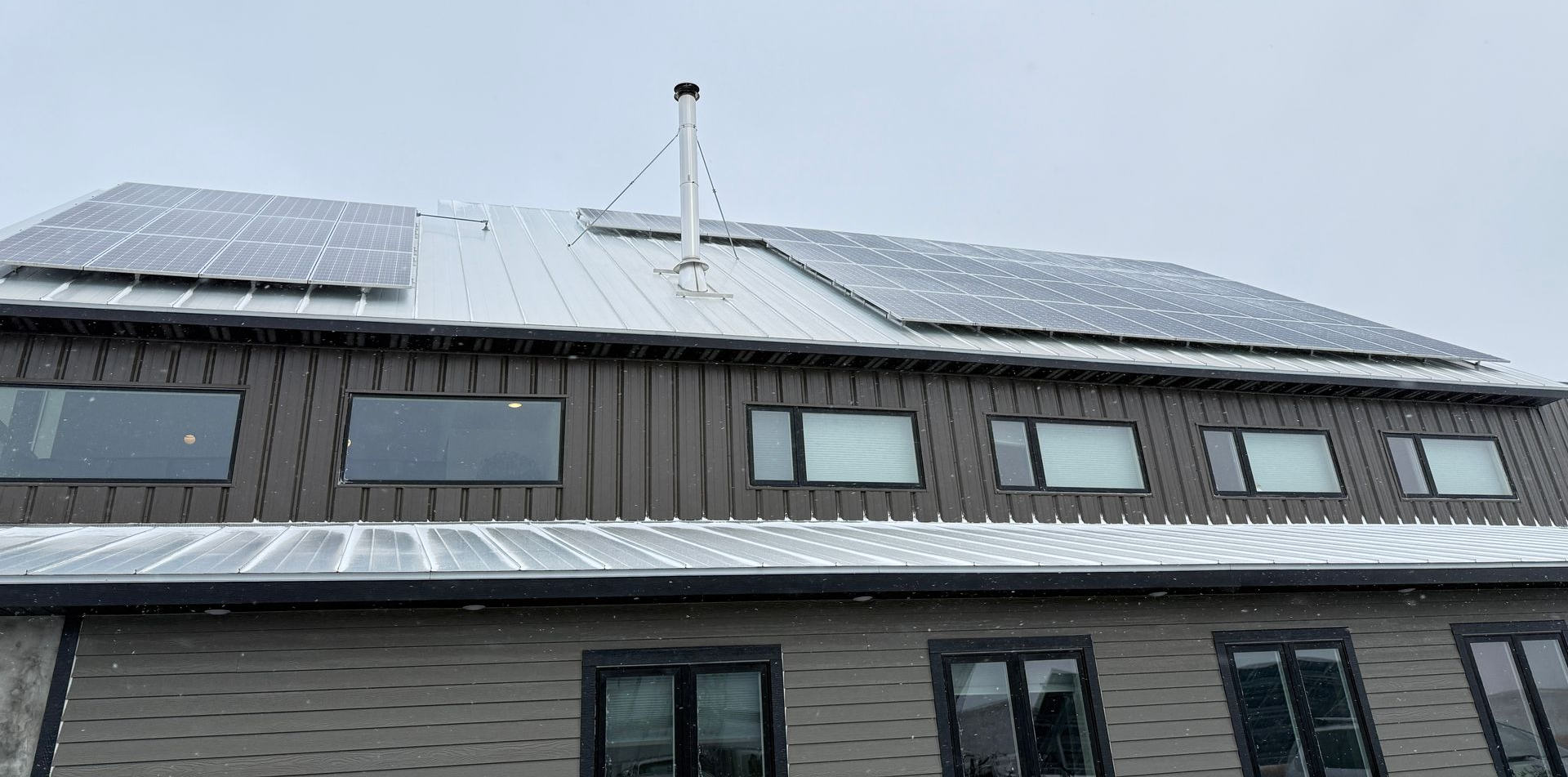
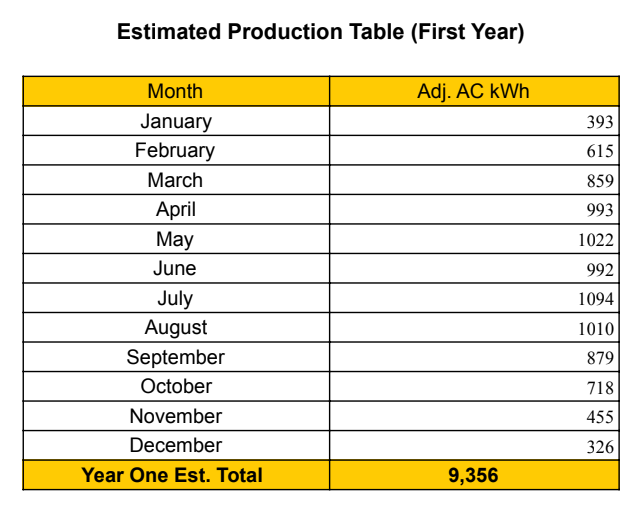
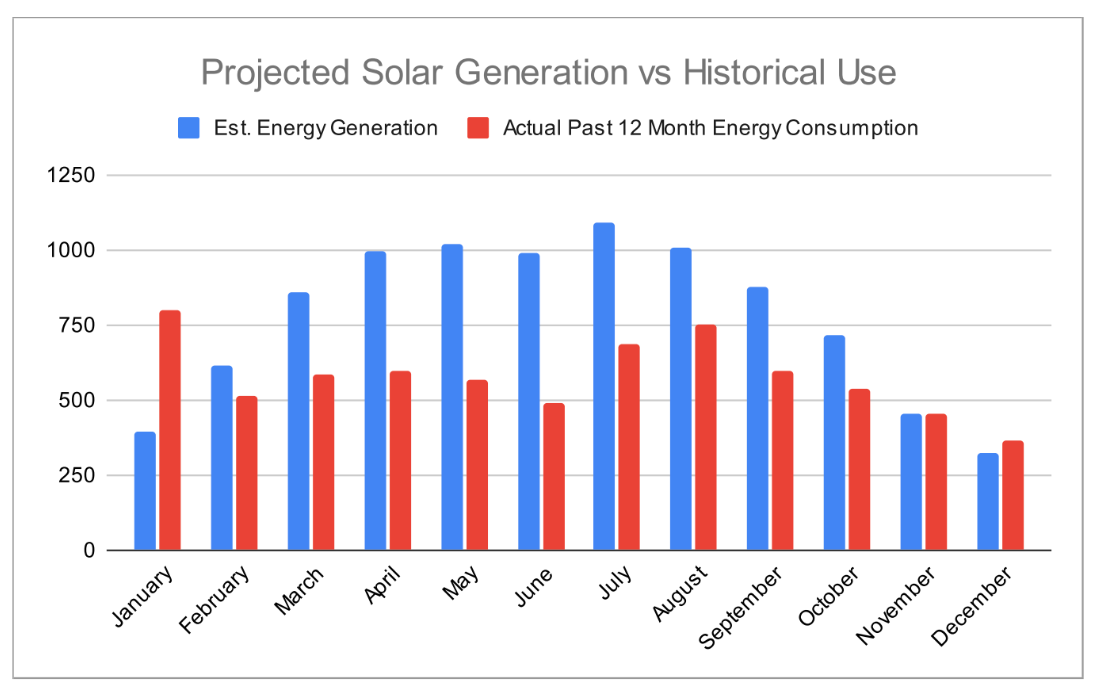
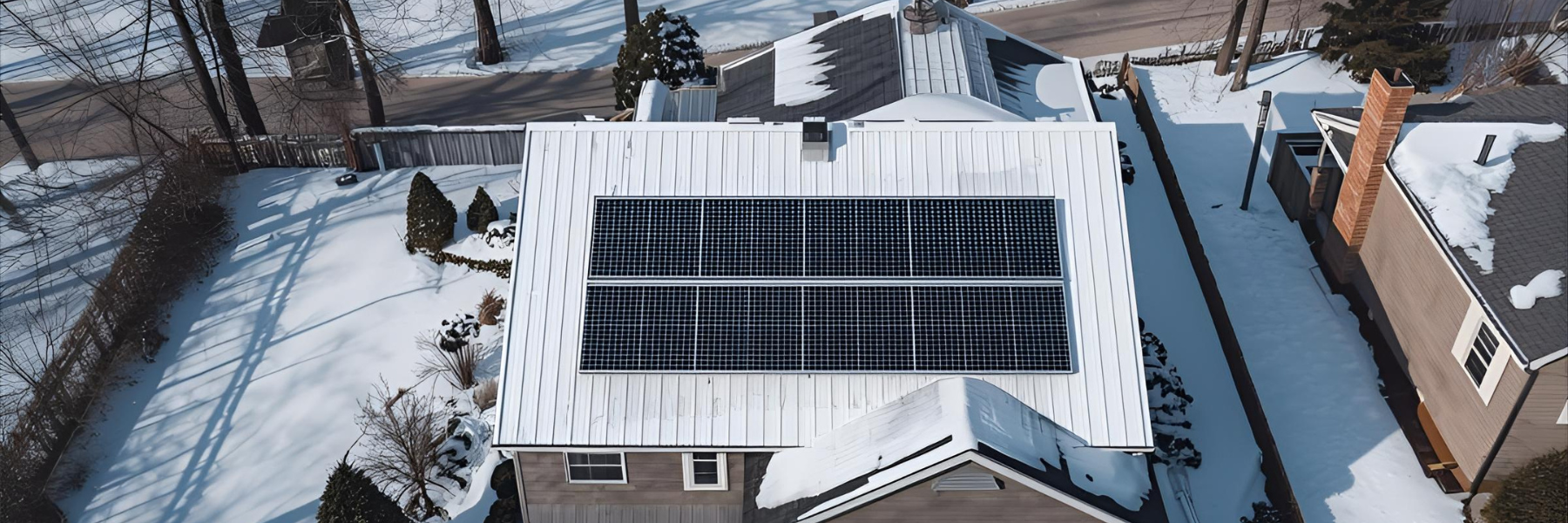
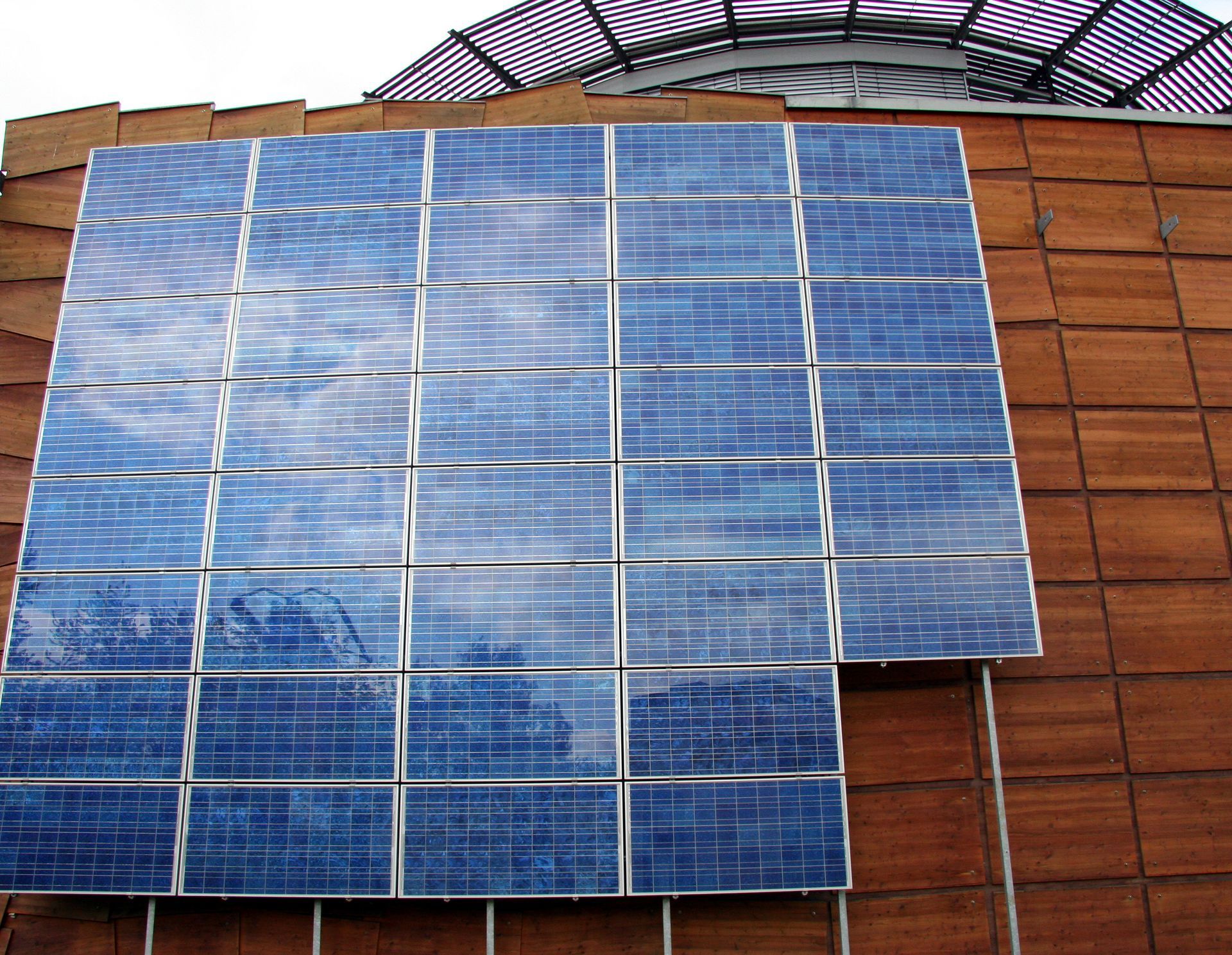
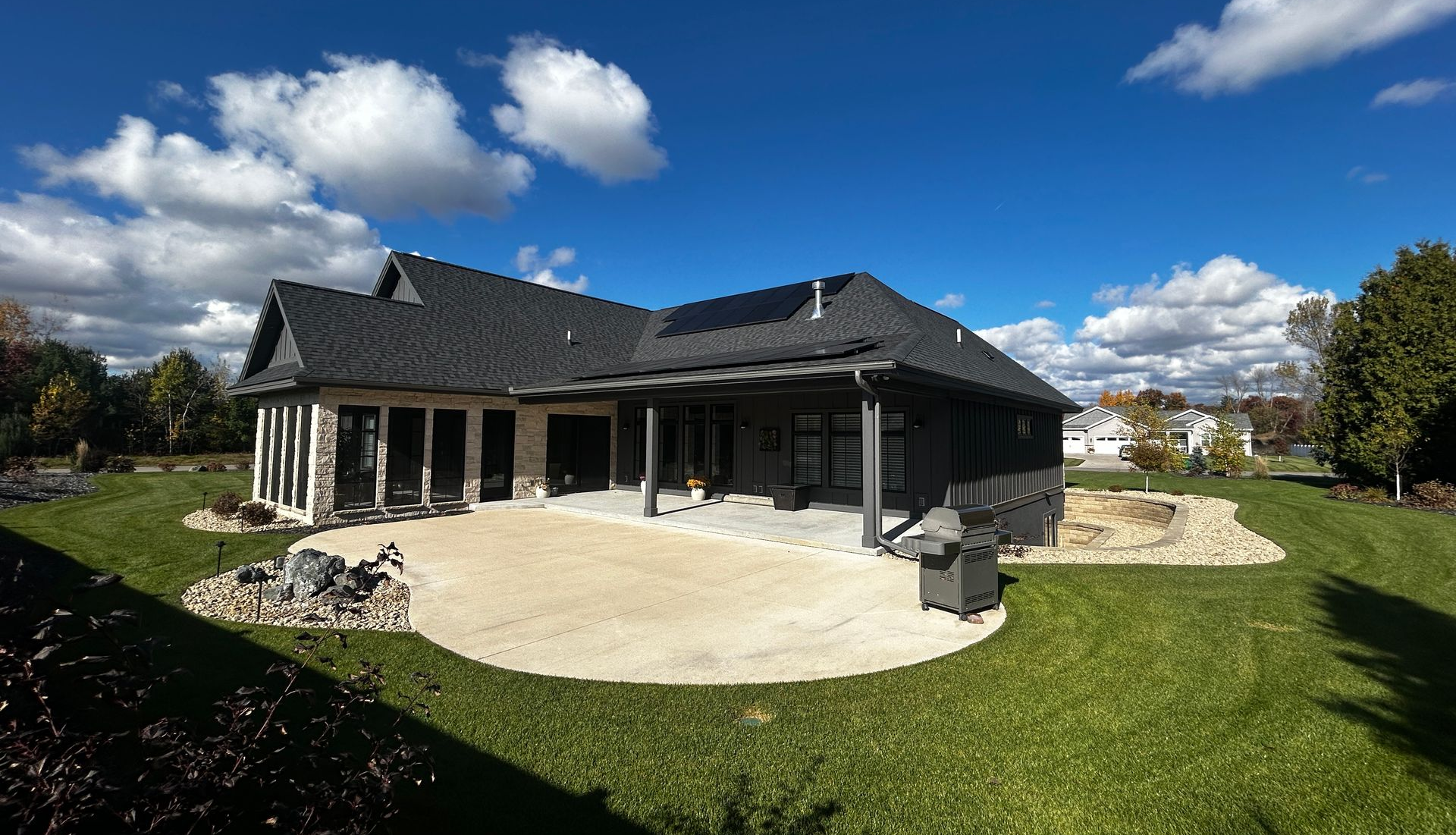
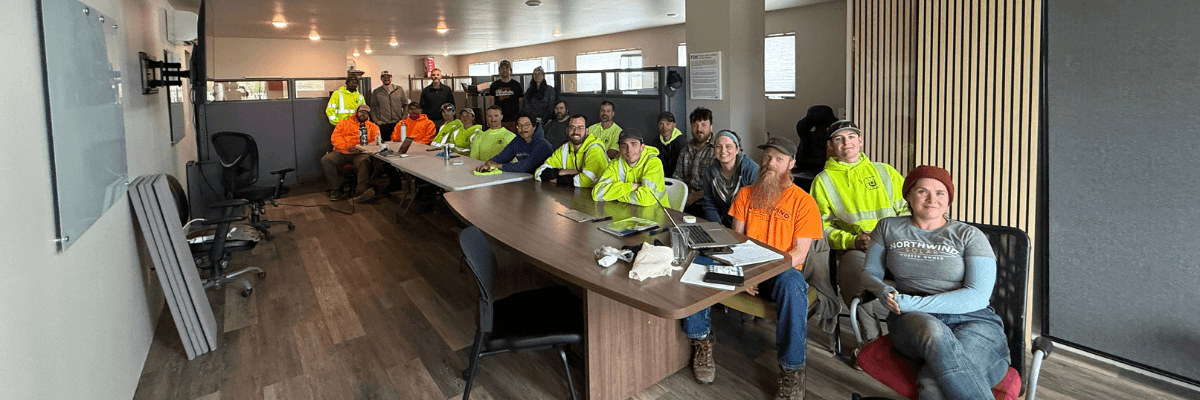
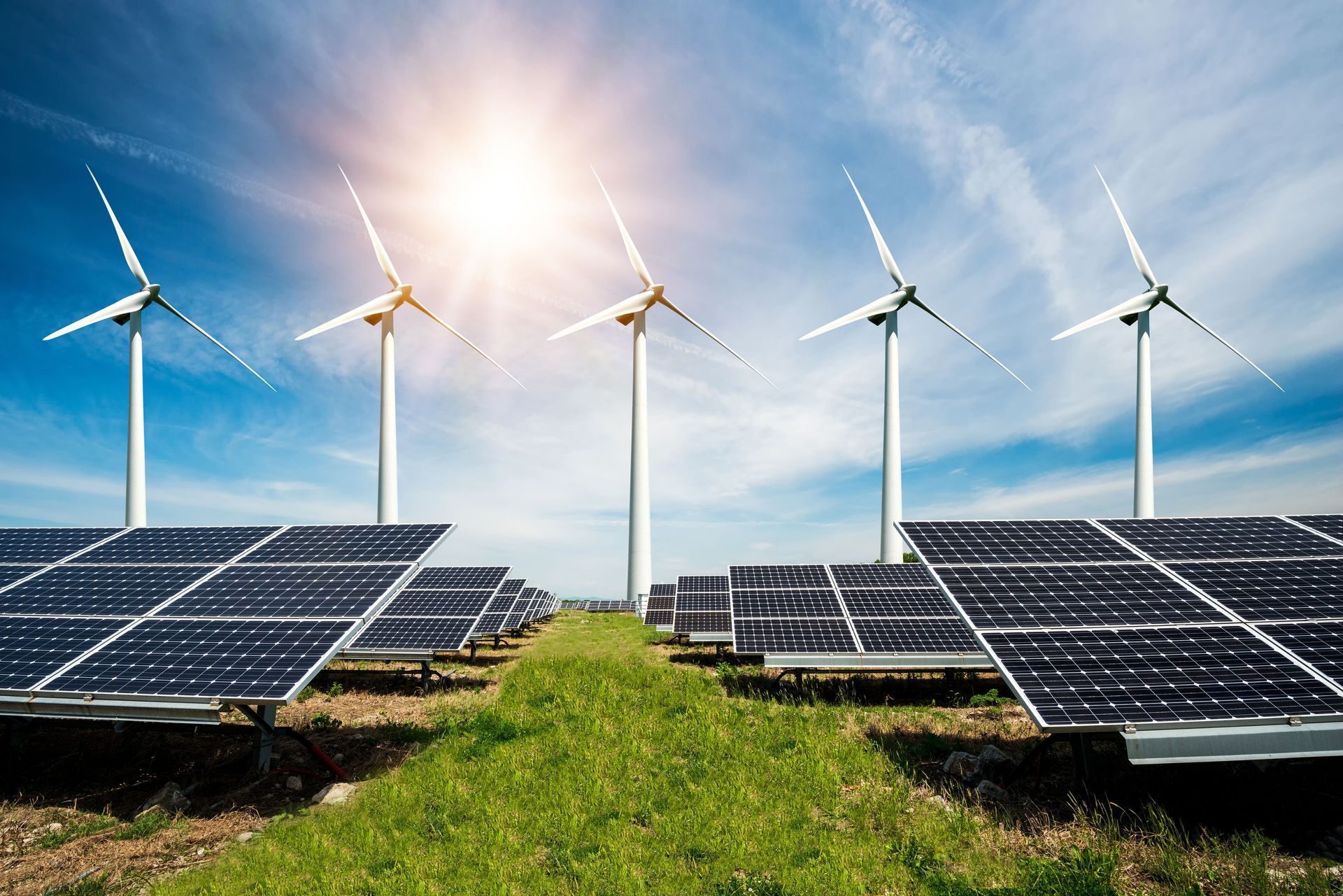


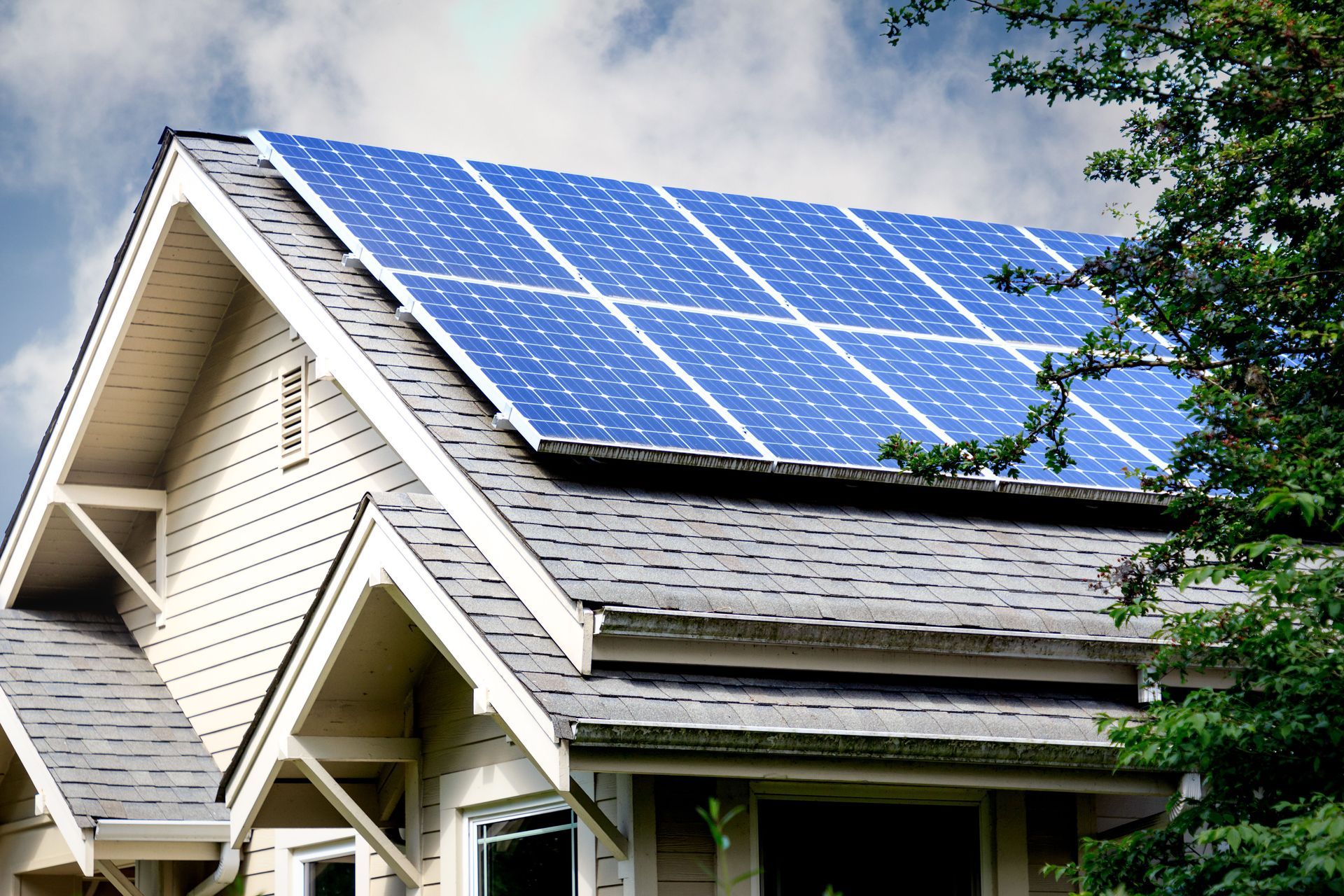
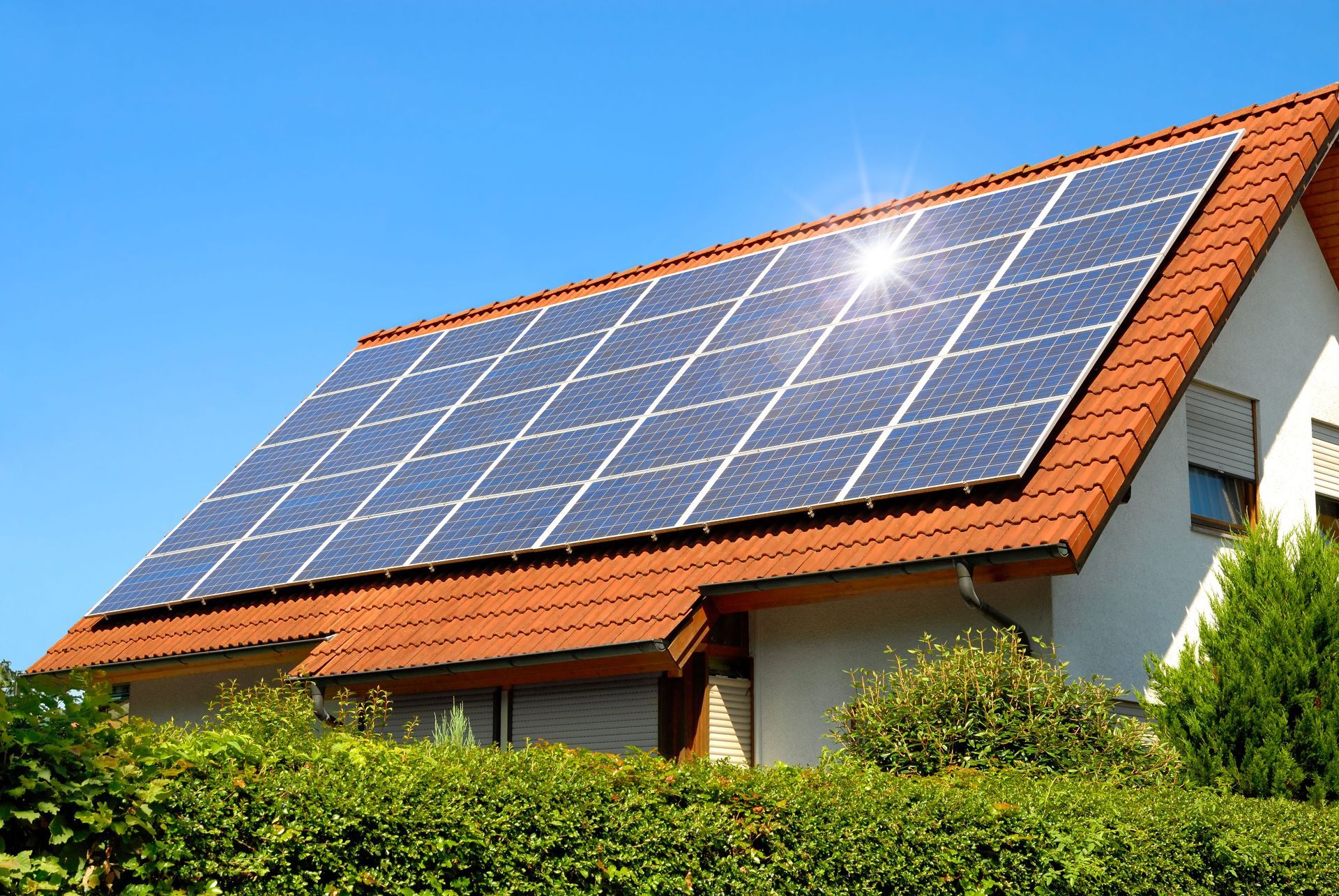

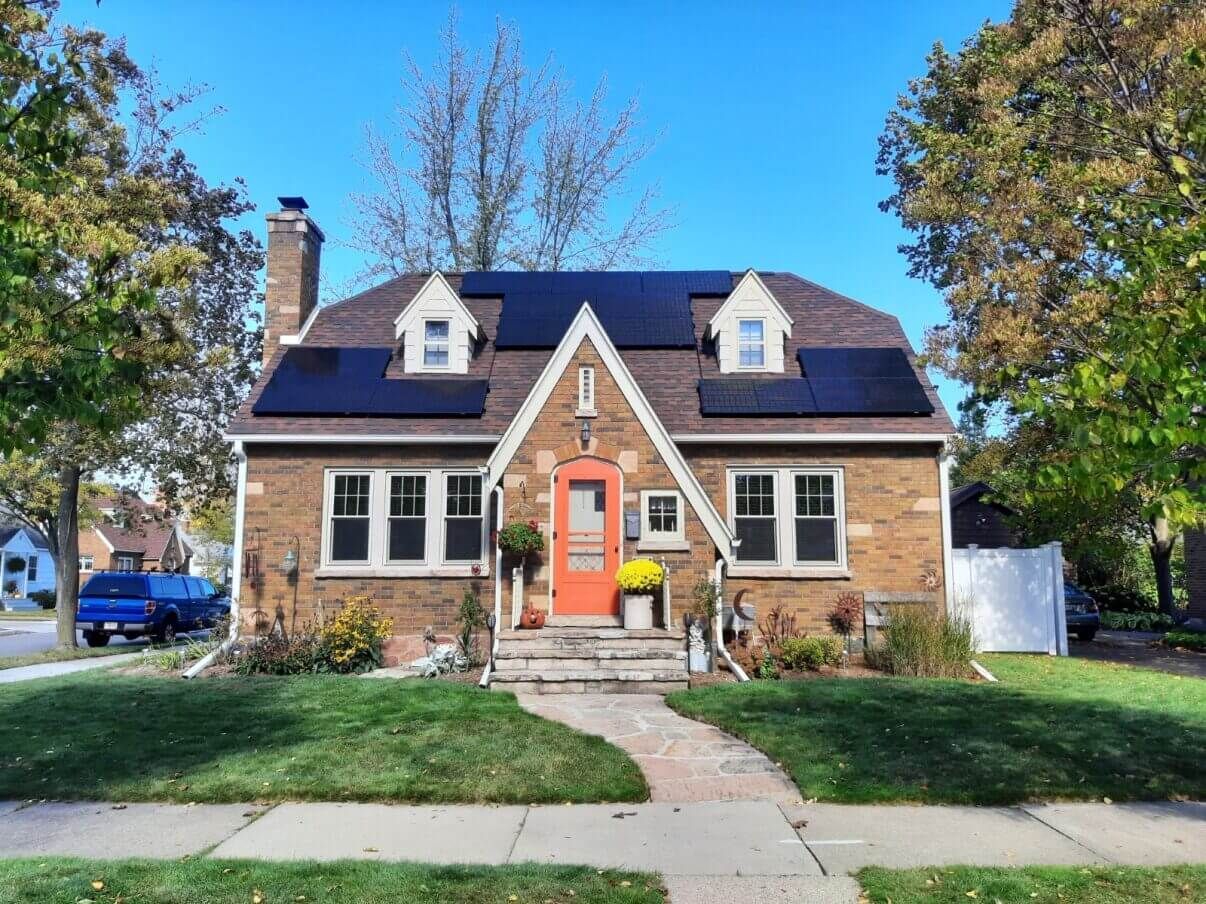
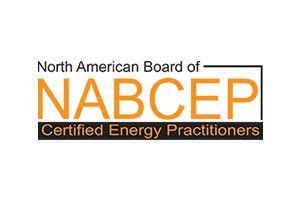
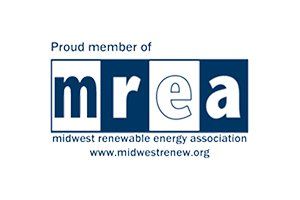


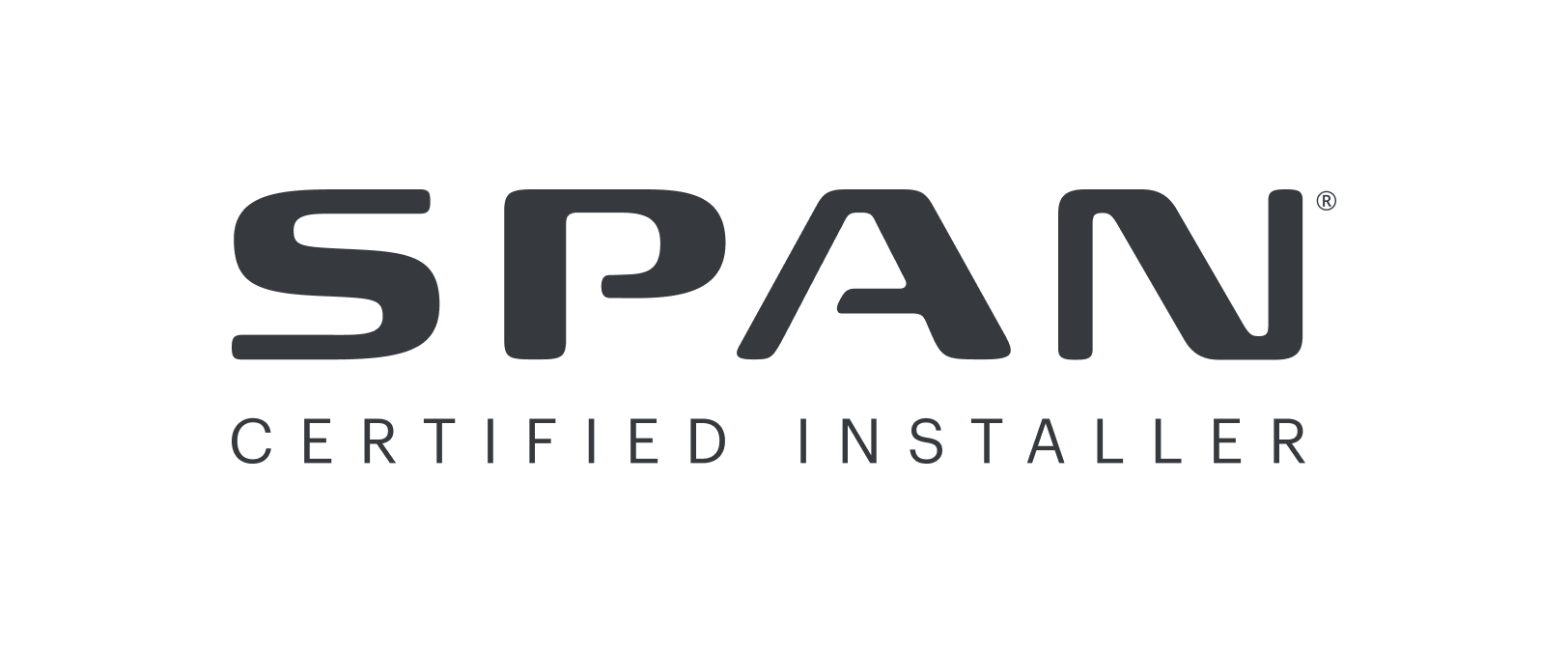

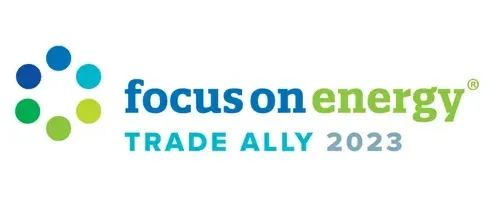






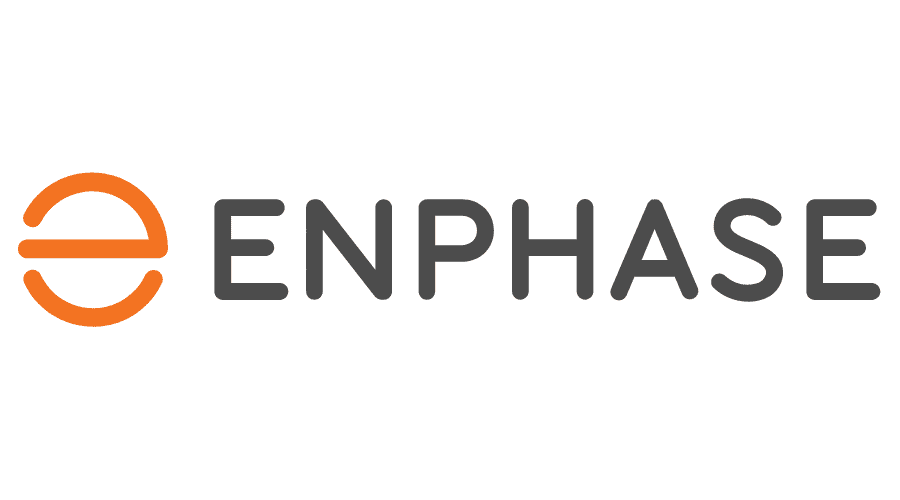
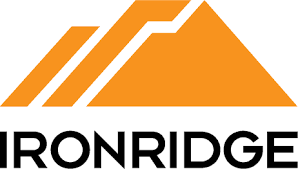





Share On: